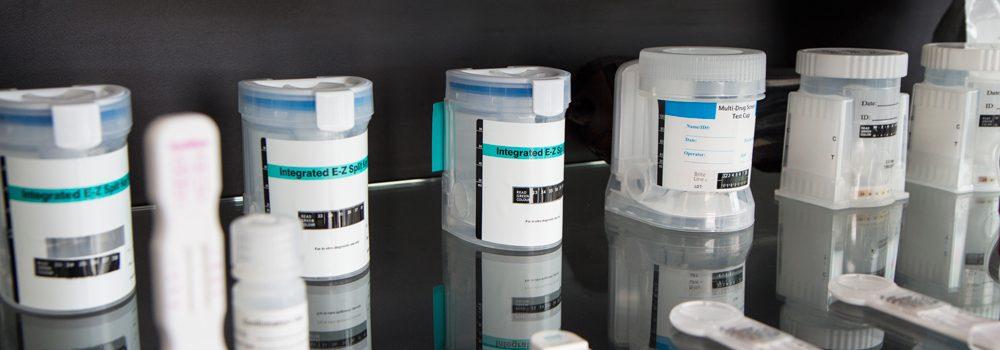In recent years, Malaysia’s drug landscape has undergone a dramatic shift. Synthetic drugs—particularly methamphetamine and other amphetamine-type stimulants (ATS)—have rapidly overtaken traditional substances like heroin and ganja.
According to the New Straits Times, more than 60% of detected drug users in 2024 were using ATS, up from about 45% just five years ago. This trend is alarming not only for the individuals affected but also for families, communities, and workplaces across the country.
Let’s explore why synthetic drugs have become so prevalent—and why this shift matters.
What are synthetic drugs?
Synthetic drugs are substances manufactured in laboratories to mimic the effects of naturally derived drugs. The most common examples in Malaysia include:
- Methamphetamine (syabu or ice)
- Ecstasy (MDMA)
- Pil kuda (amphetamine pills)
- Synthetic cannabis (spice, liquid vape products)
Unlike traditional drugs like heroin and cannabis, synthetic drugs are often:
✅ Cheaper to produce
✅ Easier to distribute discreetly
✅ More potent and addictive
✅ Harder to detect with conventional drug tests
Key statistics that show the rise
The numbers tell a clear story of how dramatically drug use patterns have shifted:
🔹 60% of users in 2024 were ATS users
🔹 76,510 ATS users detected in the first quarter of 2025 alone
🔹 Youth aged 19–39 now account for nearly 70% of ATS users
🔹 Over 1,000 teens aged 13–18 were recorded as synthetic drug users in 2024
These figures underscore how synthetic substances have become the most significant threat in Malaysia’s fight against drug abuse.
Why are Malaysians switching to synthetic drugs?
1. Cheaper prices and easier access
Synthetic drugs are inexpensive to manufacture and often sold through encrypted online platforms and messaging apps like Telegram. Payments via e-wallets make transactions harder for authorities to trace.
2. Stronger psychological effects
Meth and synthetic cannabis deliver intense highs and cravings that quickly lead to dependence. Many users report stronger euphoria compared to traditional drugs.
3. Cultural and social influences
Party culture, peer pressure, and the perception that these substances are “modern” or “trendy” have normalised their use—especially among urban youth.
4. Misleading perceptions of safety
Many young people see ganja as a harmless “starter drug.” Even more concerning, products like “magic mushroom vapes” have been marketed as safer alternatives—when in reality, they contain dangerous synthetic cannabinoids.
The dangers of synthetic drugs
Unlike traditional narcotics, synthetic drugs come with unique and often severe risks:
❌ Psychosis and aggression – Methamphetamine use can trigger violent behaviour and paranoia.
❌ Heart problems – Stimulants raise heart rate and blood pressure, increasing the risk of stroke and heart attack.
❌ Dependence and relapse – Synthetic drugs often lead to faster addiction and higher relapse rates.
❌ Harder to detect – Many synthetic cannabinoids can’t be picked up by standard drug tests, delaying intervention.
❌ Uncertain effects – Those taking these drugs won’t know for sure what it is they are consuming, or how much they are consuming leading to uncertain effects
What families, workplaces, and communities can do
This isn’t a problem that can be left to enforcement alone. Prevention and support are critical:
-
Educate early
- Teach youth the real risks—especially the misconception that synthetics are safer.
-
Recognise warning signs
- Look for sudden mood swings, secretive behaviour, or unexplained financial issues.
-
Encourage open dialogue
- Reducing stigma makes it easier for people to seek help.
-
Create supportive workplace policies
- Implement drug and alcohol policies with clear procedures for voluntary or incident-driven testing.
Final thoughts
The rise of synthetic drugs in Malaysia marks a turning point. These substances are not safer alternatives—they are often more dangerous, more addictive, and more difficult to detect.
While drug testing kits can help, it’s important to remember that many tests may not detect newer synthetic substances. This is why welfare checks, supportive policies, and education are crucial to protecting those at risk.
If you suspect someone you care about is struggling with synthetic drug use, don’t wait. Seek professional help, start the conversation, and take proactive steps to keep your community safe.
Explore Andatech's Malaysia's selection of drug testing kits to find the right unit for your organisation. Contact Andatech Malaysia for free consultation on selecting the right drug testing kit for your organisation.
Disclaimer: The information provided in this article is for general reference only. Please seek advice from professionals according to your business’s needs.
Written by Andatech Marketing









